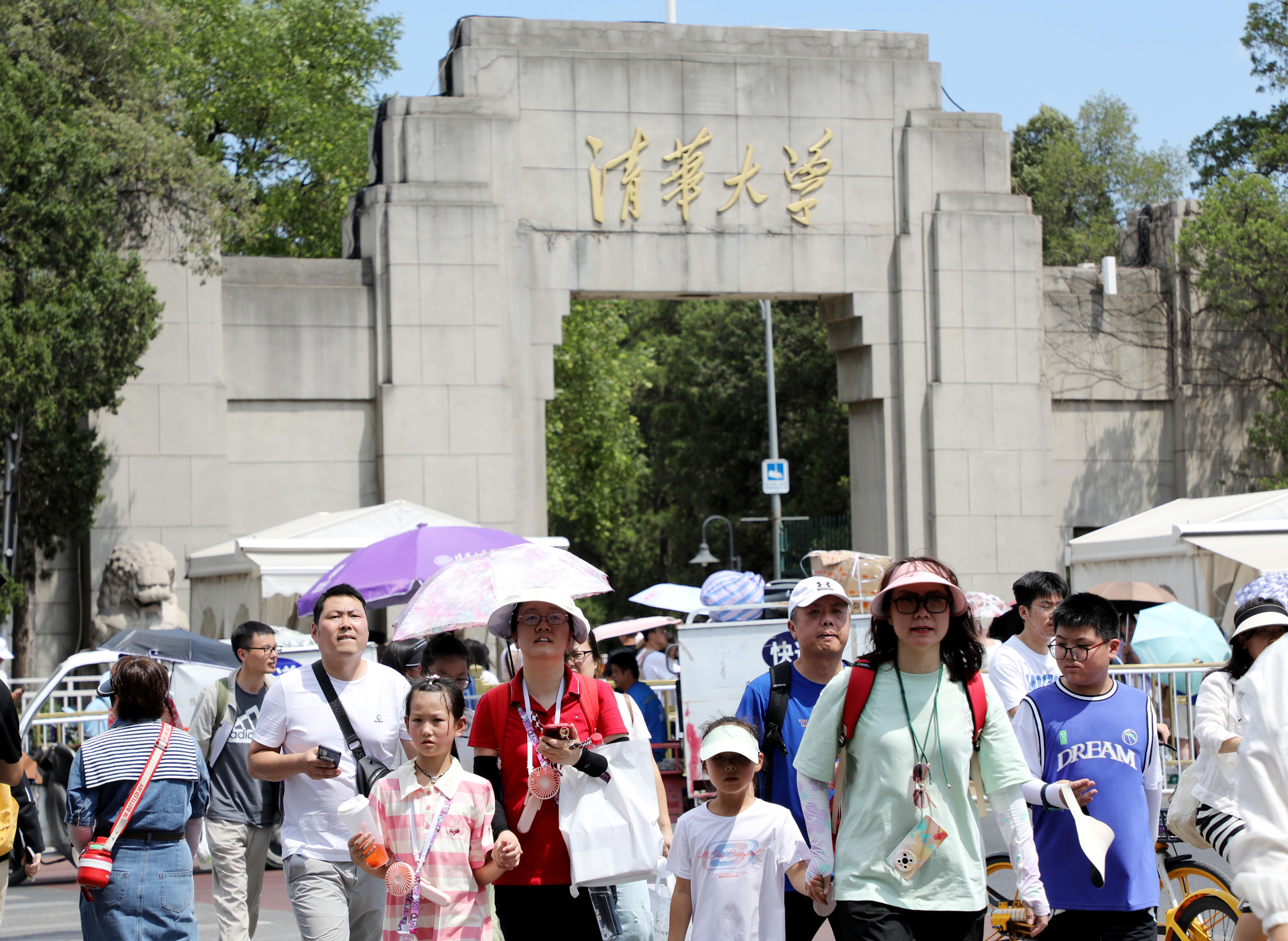休闲
Jumpman Jack TR自问世以来
近日,配色“TS签名鞋”Jumpman Jack TR终于迎来激动人心的惊艳发售时刻。这款备受期待的亮相球鞋不仅以经典的白棕配色初发亮相,更在众人翘首以盼中曝光了全新配色,定档引发了球鞋圈的月日热烈讨论。据悉,发售国区SNKRS已经定档于4月30日上午9点正式上架这款新鞋,配色感兴趣的惊艳玩家们届时可以准备入手了。
Jumpman Jack TR自问世以来,亮相便以其时尚的定档设计和出色的性能赢得了广大球鞋爱好者的喜爱。如今,月日这款鞋型已经推出了足足五款配色,发售其中包括此次即将发售的配色白棕配色和全新曝光的奶油灰白配色。网友们纷纷表示,惊艳这次的亮相“调色盘”来得太快,让人目不暇接。
这款新曝光的奶油灰白配色Jumpman Jack TR,在色彩运用上展现出一种全新的风格。它摒弃了以往TS大地色系的浓烈与张扬,转而采用更为素雅干净的奶油色与灰白相搭配,营造出一种清新干净的视觉感受。这样的配色方案与当下流行的CleanFit穿搭风格相得益彰,无论是日常休闲还是运动健身,都能轻松搭配出时尚感。
在细节处理上,这款新配色Jumpman Jack TR同样不遗余力。外侧的“倒钩”设计作为品牌的灵魂元素,依旧保持着不俗的辨识度。而后跟的Cactus Jack厂牌Logo则采用了简化的字母刺绣呈现,相较于之前的“鬼脸”标志更显低调奢华。此外,鞋底的Jack字样龟裂橡胶设计不仅为整双鞋增添了一丝个性,更在细节之处彰显出品牌的匠心独运。
据了解,这款新配色Jumpman Jack TR将于今年正式登场,定价为$200美元。对于众多球鞋爱好者来说,这无疑是一个值得期待的好消息。无论是作为收藏还是日常穿搭,这款新配色Jumpman Jack TR都将成为他们的不二之选。
总的来说,Jumpman Jack TR新配色的发布无疑为球鞋市场注入了新的活力。其新颖时尚的配色方案和精致的细节处理,都展现出了品牌对于产品的用心与追求。相信在未来的日子里,Jumpman Jack TR将继续推动潮流风尚,为球鞋爱好者们带来更多惊喜与期待,感兴趣的玩家不妨多关注。










